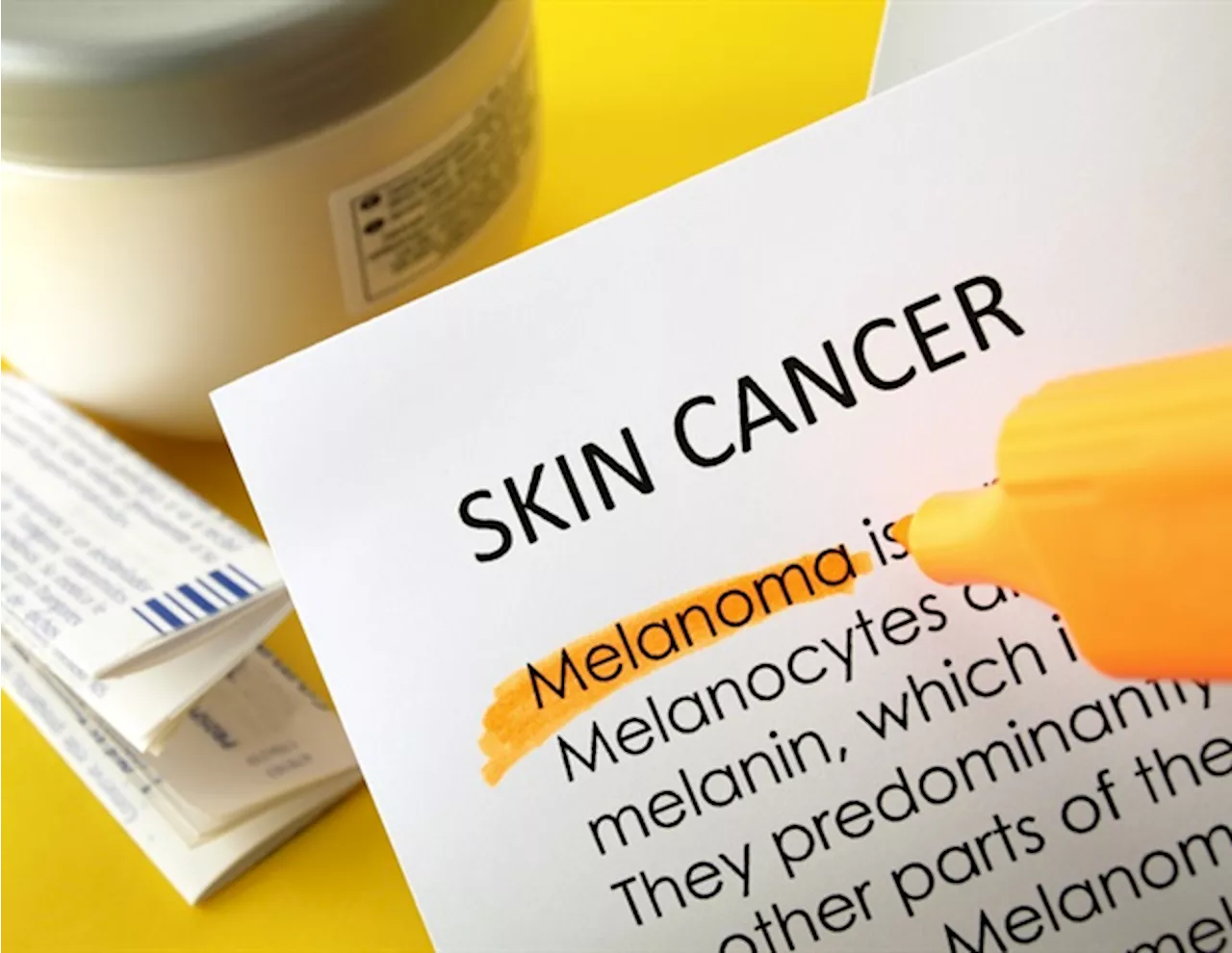LMU researchers have discovered how the interplay between a key protein and an endolysosomal ion channel promotes tumor development in skin cancer.
Ludwig-Maximilians-Universitaet Muenchen Nov 22 2024
Melanoma arising from pigment-producing cells known as melanocytes is the deadliest form of skin cancer. A major cause of melanoma is excessive exposure to ultraviolet light, from sunlight or other sources, which can trigger mutations that promote tumor formation. A team led by LMU pharmacologist Professor Christian Grimm and Dr. Karin Bartel has now investigated the molecular mechanisms of tumorigenesis.
Studies have shown that certain activity-boosting mutations in the ion channel TPC2 are associated with fair skin, blond hair, and albinism. These traits make people particularly susceptible to melanoma, as their skin offers less protection against harmful ultraviolet radiation. Conversely, loss of TPC2 is associated with decreased melanoma risk.
Molecular pathways influencing tumor progression Like TPC2, the protein Rab7a is an important regulator for the endolysosomal system. Earlier proteome analyses had shown, moreover, that Rab7a is a potential interaction partner of TPC2.
Our results show that Rab7a, by amplifying TPC2 activity, plays a key role in the regulation of tumor growth. Specifically, the activation of TPC2 by Rab7a reduces the levels of a certain protein. This protein boosts the stability of a transcription factor that is a key regulator in melanocytes and melanomas and promotes their proliferation and survival.
Skin Skin Cancer Ion Ion Channel Melanoma Melanoma Cells Metastasis Protein Tumor
United Kingdom Latest News, United Kingdom Headlines
Similar News:You can also read news stories similar to this one that we have collected from other news sources.
 New AI tool revolutionizes detection of rare gastrointestinal diseasesResearchers from LMU, TU Berlin, and Charité have developed a new AI tool that uses imaging data to also detect less frequent diseases of the gastrointestinal tract.
New AI tool revolutionizes detection of rare gastrointestinal diseasesResearchers from LMU, TU Berlin, and Charité have developed a new AI tool that uses imaging data to also detect less frequent diseases of the gastrointestinal tract.
Read more »
 UCLA researchers identify key protein in heart healing after attackUCLA scientists have identified the protein GPNMB as a critical regulator in the heart's healing process after a heart attack.
UCLA researchers identify key protein in heart healing after attackUCLA scientists have identified the protein GPNMB as a critical regulator in the heart's healing process after a heart attack.
Read more »
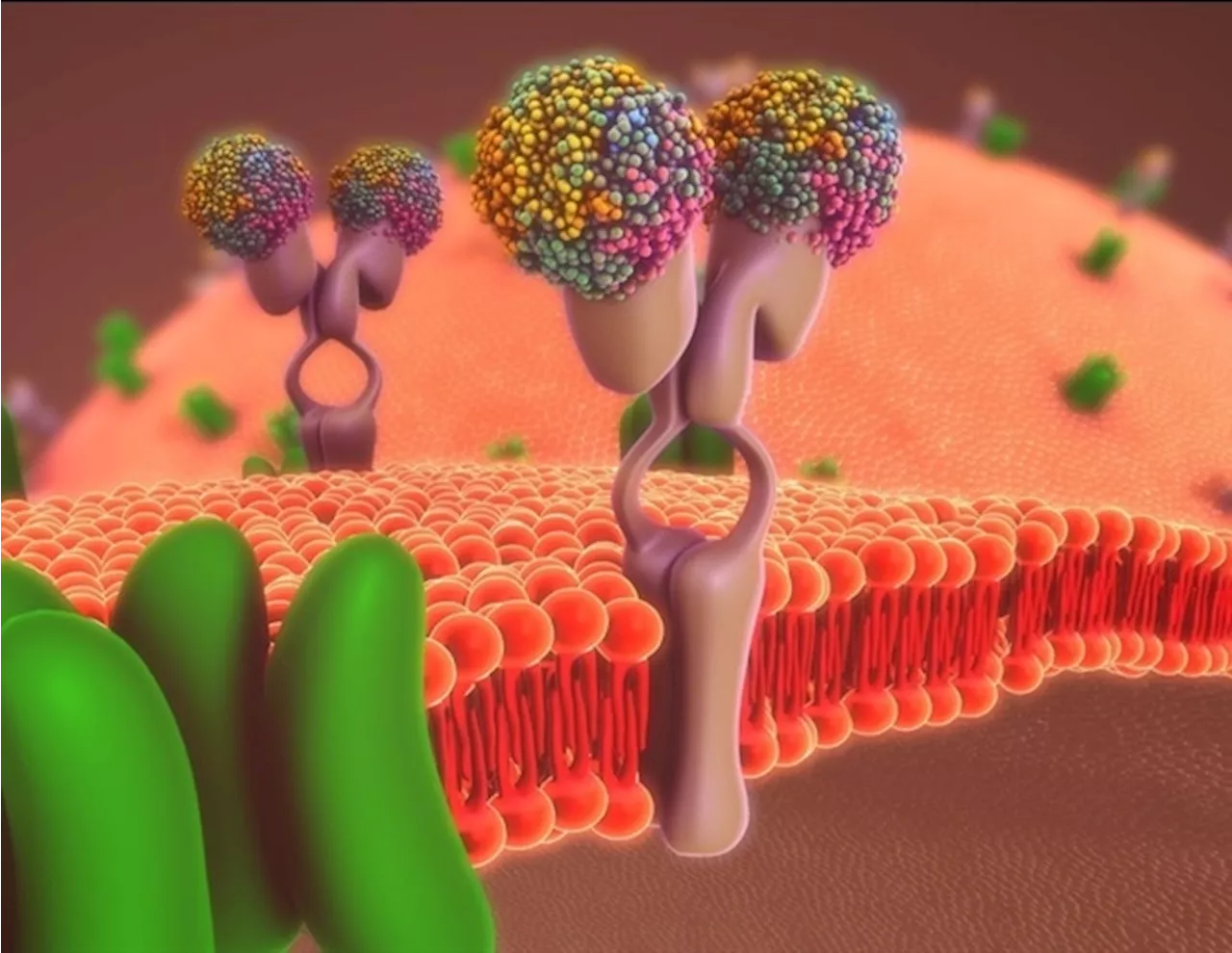 Researchers unlock potential of light-controlled cellular activitiesResearchers at the Paul Scherrer Institute PSI have succeeded in elucidating the structure of specific photoreceptors.
Researchers unlock potential of light-controlled cellular activitiesResearchers at the Paul Scherrer Institute PSI have succeeded in elucidating the structure of specific photoreceptors.
Read more »
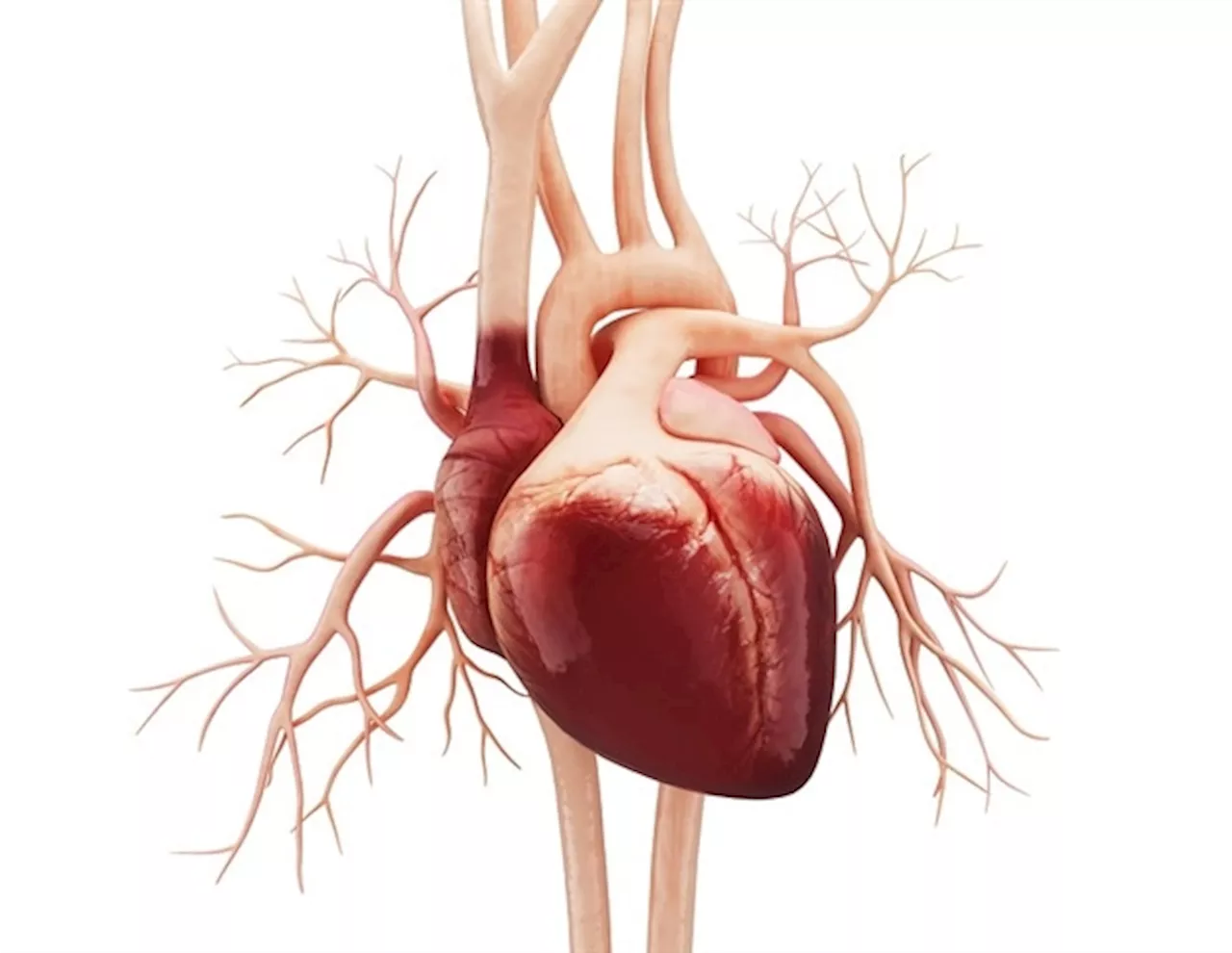 Researchers develop first-of-its-kind therapy to enhance heart repair after a heart attackScientists at the Eli and Edythe Broad Center of Regenerative Medicine and Stem Cell Research at UCLA have developed a first-of-its-kind experimental therapy that has the potential to enhance heart repair following a heart attack, preventing the onset of heart failure.
Researchers develop first-of-its-kind therapy to enhance heart repair after a heart attackScientists at the Eli and Edythe Broad Center of Regenerative Medicine and Stem Cell Research at UCLA have developed a first-of-its-kind experimental therapy that has the potential to enhance heart repair following a heart attack, preventing the onset of heart failure.
Read more »
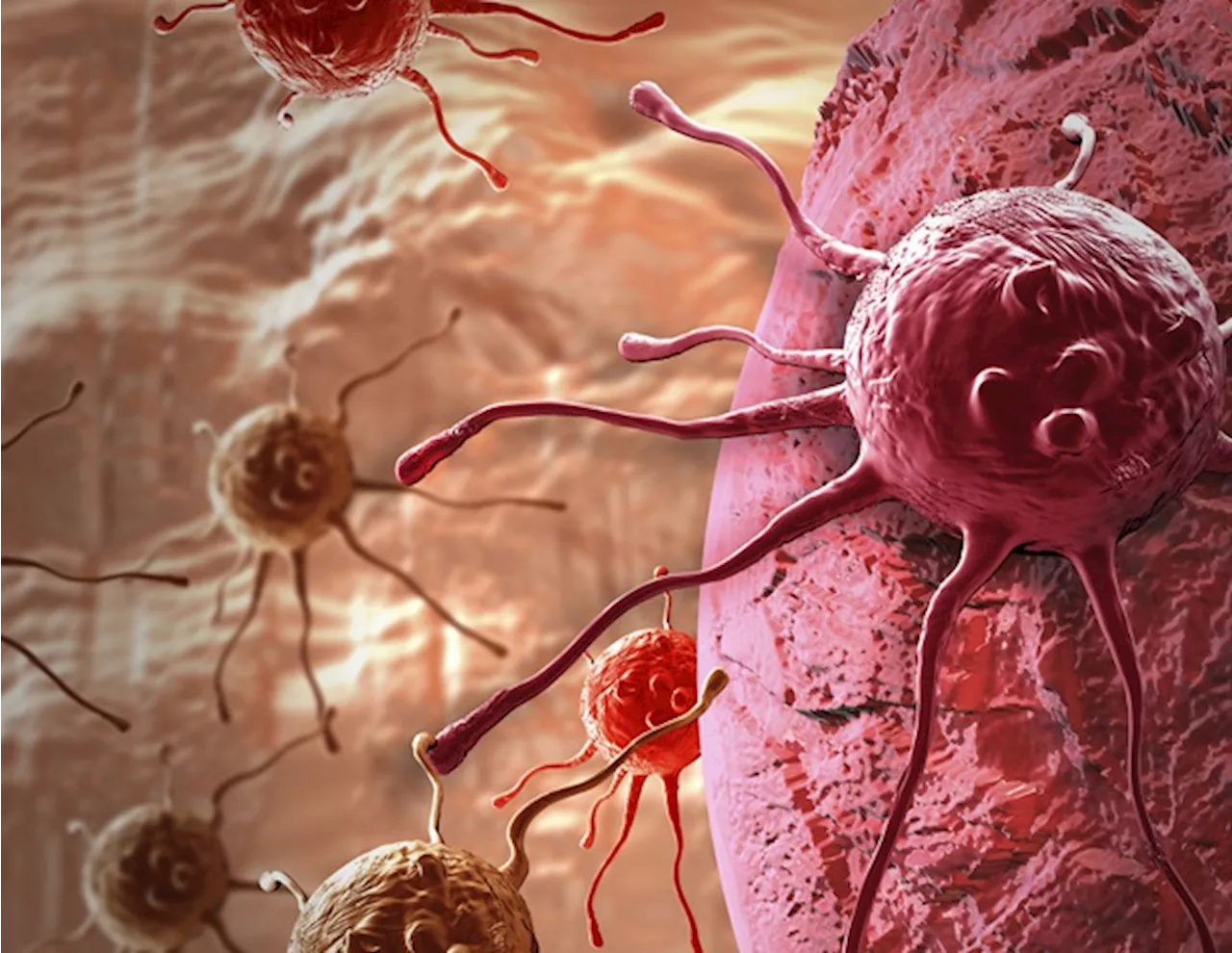 UTEP researchers develop low-cost biochip for cancer diagnosisResearchers at The University of Texas at El Paso have created a portable device that can detect colorectal and prostate cancer more cheaply and quickly than prevailing methods.
UTEP researchers develop low-cost biochip for cancer diagnosisResearchers at The University of Texas at El Paso have created a portable device that can detect colorectal and prostate cancer more cheaply and quickly than prevailing methods.
Read more »
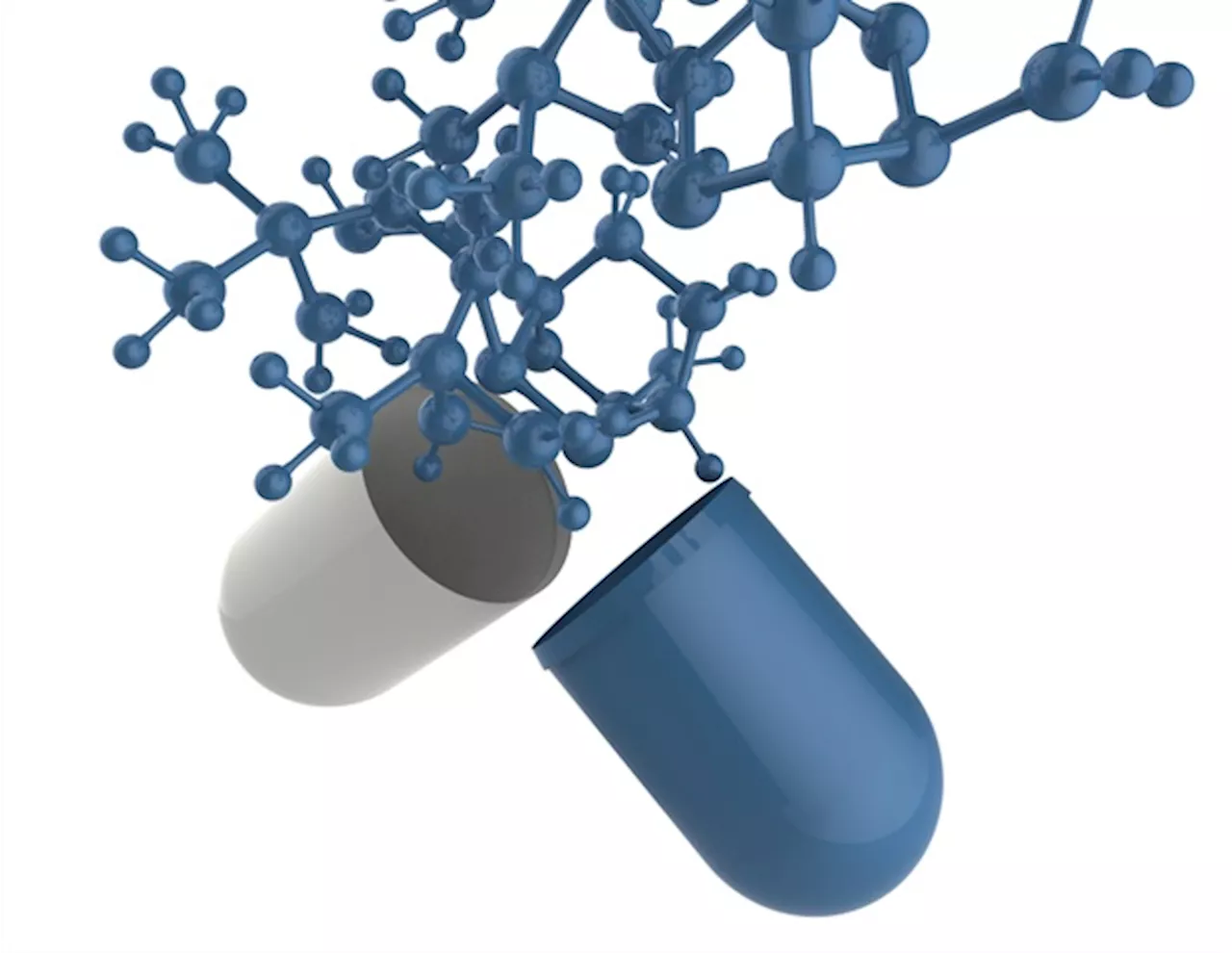 Researchers decode MRSA biofilm structure to combat antibiotic resistanceImagine falling seriously ill with an infection. Normally, we visit the doctor, are prescribed antibiotics, and after 7-10 days, we're back on our feet.
Researchers decode MRSA biofilm structure to combat antibiotic resistanceImagine falling seriously ill with an infection. Normally, we visit the doctor, are prescribed antibiotics, and after 7-10 days, we're back on our feet.
Read more »
